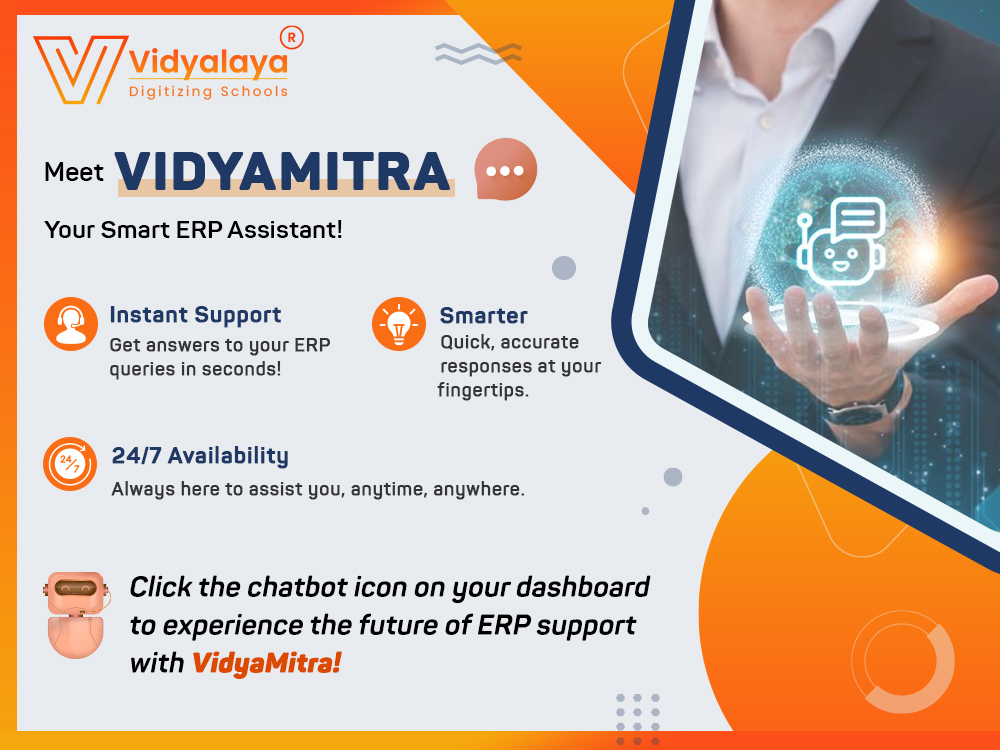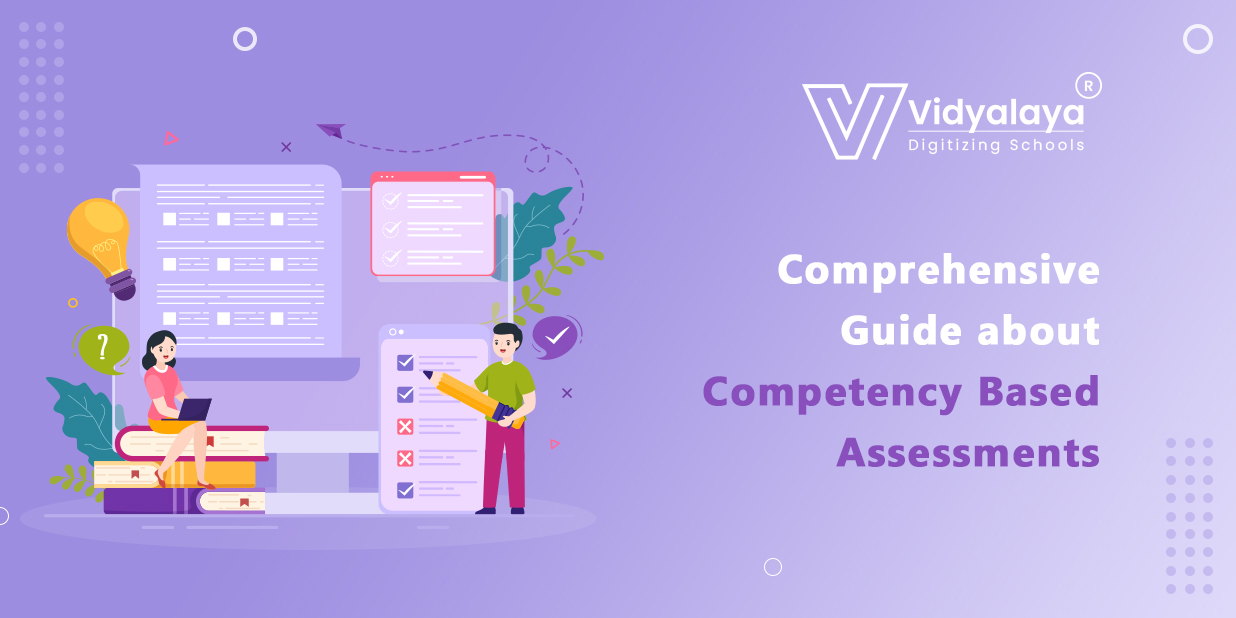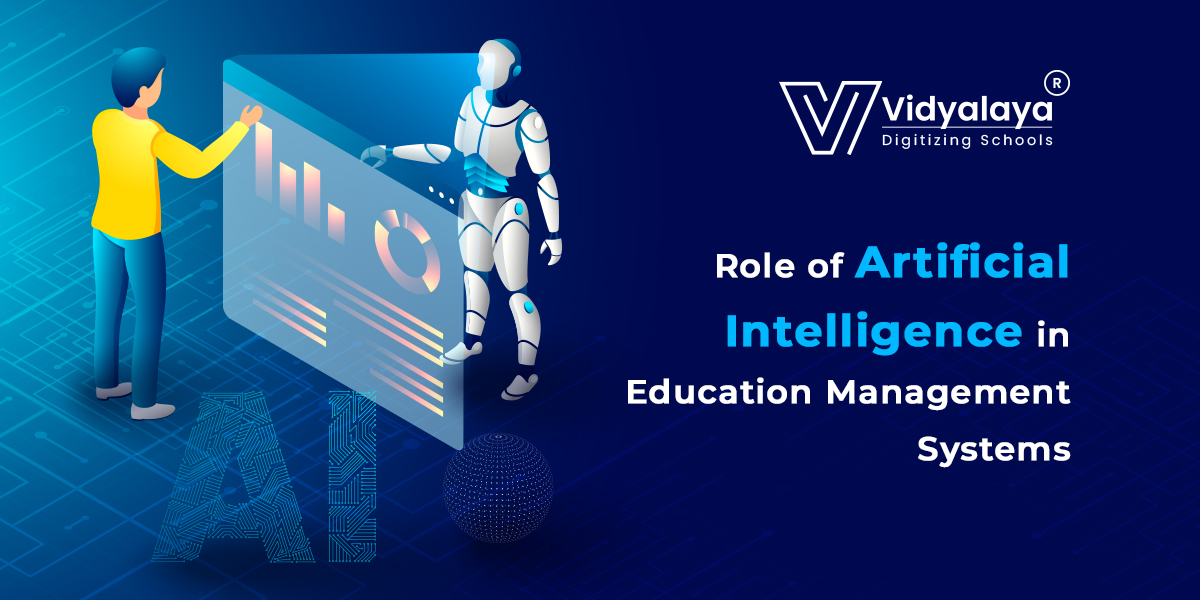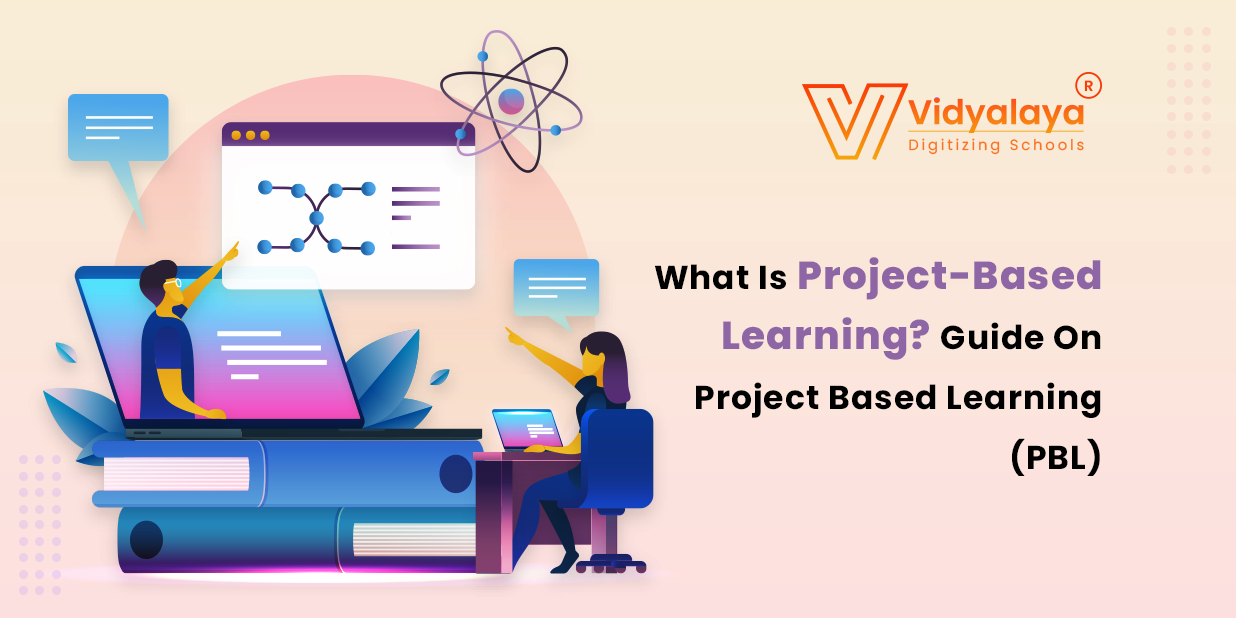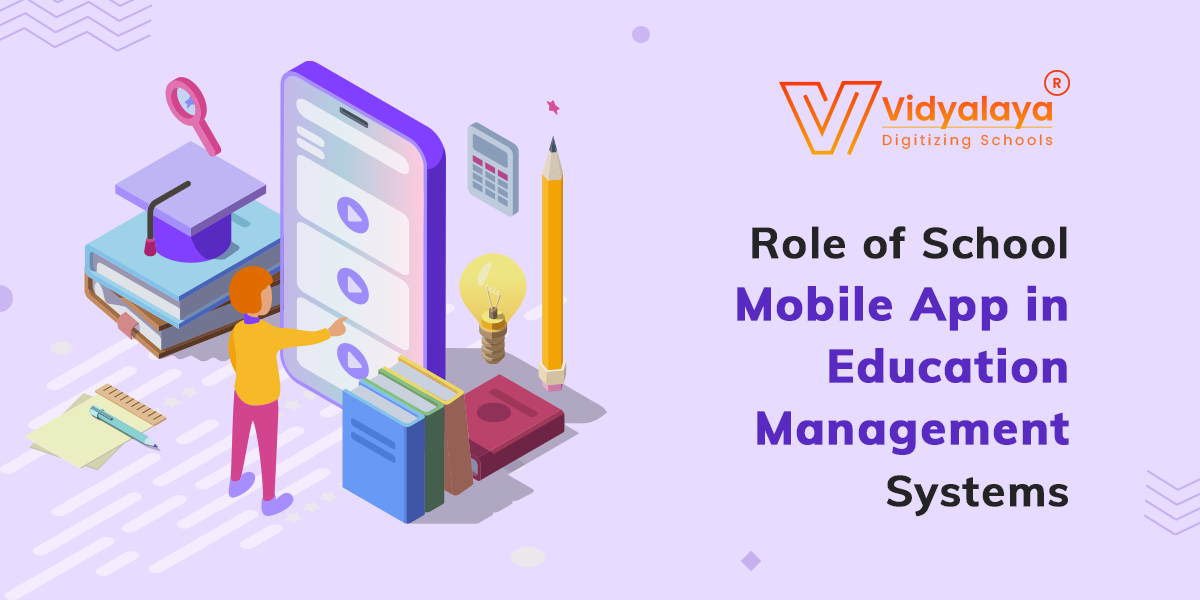I read a quote while visiting a school, “When students improve their attendance rates, they improve their academic prospects and enhance their ability to graduate”. It highlights the significance of attendance in this virtual era and relates that academic growth is directly proportional to student attendance. Therefore, educational institutes always struggle to improve the attendance process. EdTech companies like Vidyalaya came to rescue the institutes in the form of the attendance management system. And to your surprise, attendance also has not been limited to attendance registers, Vidyalaya’s products have revamped this rote process.
What is the need for a Student Attendance Tracking System?
Attendance has always been a significant aspect of the education sector. In the digital era, we can reduce the time and effort in the attendance process with the help of technology. Vidyalaya facilitates the education sector with prominent products like student attendance tracking software. Here are the major reasons that underline why this software is beneficial for institutes:
- Streamlined Attendance Tracking
- Improved Student Performance
- Enhanced Communication
- Real-time Monitoring and notifications
- Data-driven decision making
What types of Student Attendance Tracking System are provided by Vidyalaya?
Vidyalaya facilitates educational institutes with a wide variety of attendance monitoring systems. If we traverse the market, we will notice that the market is loaded with different types of software. Based on requirements, budget, and vision, we suggest going through the attendance management system portfolio along with the incorporated features:
Biometric Attendance Management System
Biometrics is popular across the domain and region because of its fluency and accuracy features. This cutting-edge technology identifies and verifies students based on their unique physiological attributes, such as fingerprints, hand prints, or facial scans. This specific data is stored on a smart card or in a database. The biometric scanner scans the attributes and records the attendance.
Pros:
1. Advanced Secure approach:
As no human intervention is there in the biometric student attendance tracking system, it offers a highly secure method of attendance registration. Additionally, every student’s physiological attributes are unique, there are less or zero chances of accessing the system in unauthorized ways.
2. Accuracy:
This approach provides a precise, automatic, and real-time approach for attendance registration. Thus, it improves attendance workflow by enhancing accurate results.
3. Eliminates Proxy:
As attendance is registered when the student himself/herself goes through the biometric scan, there are fewer chances of punching proxy attendance.
Mobile Application-based Attendance System:
Vidyalaya has integrated mobile technology into student attendance tracking software. Identifying the rise in the usage of smartphones, our software empowers stakeholders to access attendance monitoring from their smartphones only. It reduces paper usage and the automated system registers attendance with a single click.
Pros:
1. Integration with existing ERP:
Existing ERP can integrate with this student attendance tracking software and facilitate teachers to upload assignments, study material, etc. along with robust attendance.
2. Attendance Reports:
Student attendance tracking software can generate attendance reports with accurate data. Teachers can generate reports from their mobile only.
Online Attendance Monitoring System:
This is a cloud-based application software released by Vidyalaya to facilitate educational institutes in streamlining the attendance workflow. Here, students use a web browser or a mobile app to login into a system and connect with the teachers. Student attendance tracking software provides seamless access to the attendance system, access time, and other relevant data. This is highly beneficial for remote learning.
Pros:
1. Improved Accuracy:
One can reduce the risk of errors that would happen in manual methods and provide more accurate attendance details.
2. Enhanced productivity and profitability:
A Student attendance tracking system improves productivity as teachers can save significant resources in terms of effort, time, and stationery material. This cost-effective solution is beneficial for both schools and other stakeholders.
RFID Attendance Tracking System:
Vidyalaya avails of the benefits of RFID technology and embeds it in the attendance management system. With the RFID-based system, we facilitate educational institutes to provide a reliable and easy way of registering student attendance. Students are allocated with a unique identifier, an RFID card or tag, and RFID reader will register the students’ attendance when they arrive or leave the school campus or the specific location on the campus. One RFID scanner will register attendance for multiple students at a time, thus, groups of students can pass through the scanner location at a time. This recorded data is processed by the attendance management system and attendance is registered. It gives a fast and seamless attendance tracking approach. It records data in real-time and offers access to administrators to make data-oriented decisions. This approach allows contactless verifications and is useful in high-traffic areas.
Pros:
1. Dynamic approach:
RFID-based Student attendance tracking system enables a flexible approach to student attendance which is cost-effective and resource-saving too.
2. Parent Notifications:
It sends automatic parent notifications when the student enters and leaves the premises. This ensures safety concerns.
Closing Thoughts!
Are your teachers wasting 10-15 minutes of their daily schedule punching the attendance? Is this affecting their outcomes? Then it’s time to switch to Vidyalaya’s Student Attendance Tracking System! Vidyalaya has a great legacy of serving 1600+ clients across the globe with its top-notch products. We understand our client’s requirements very well and customize the products to make them fit for use. Depending on your requirements, you can choose from the above-mentioned student attendance tracking system.
If you are looking for an end-to-end attendance management system that can help you register student attendance, send notifications to parents, generate various attendance reports, and streamline the attendance process, book a free demo with us!

